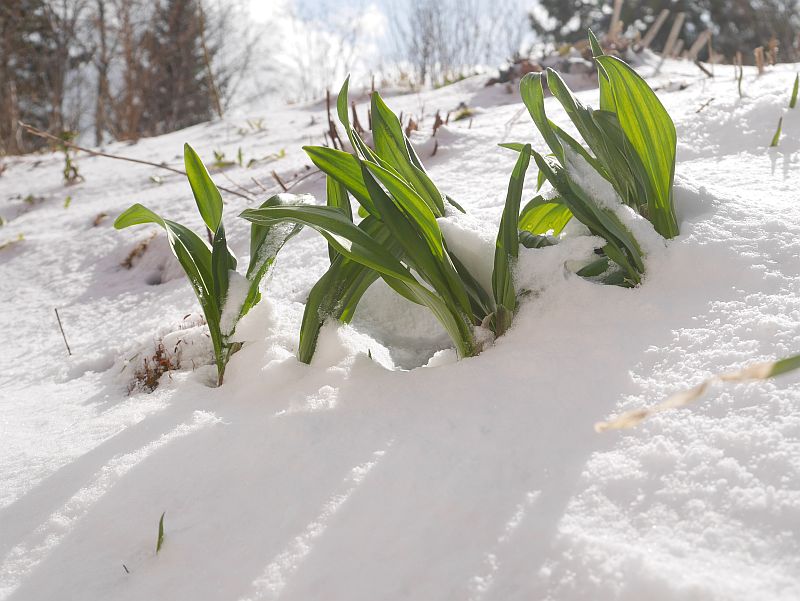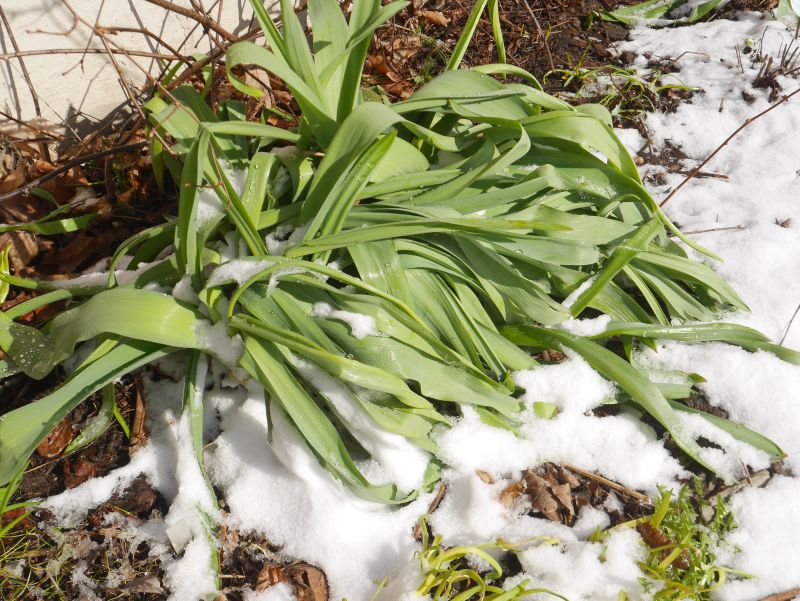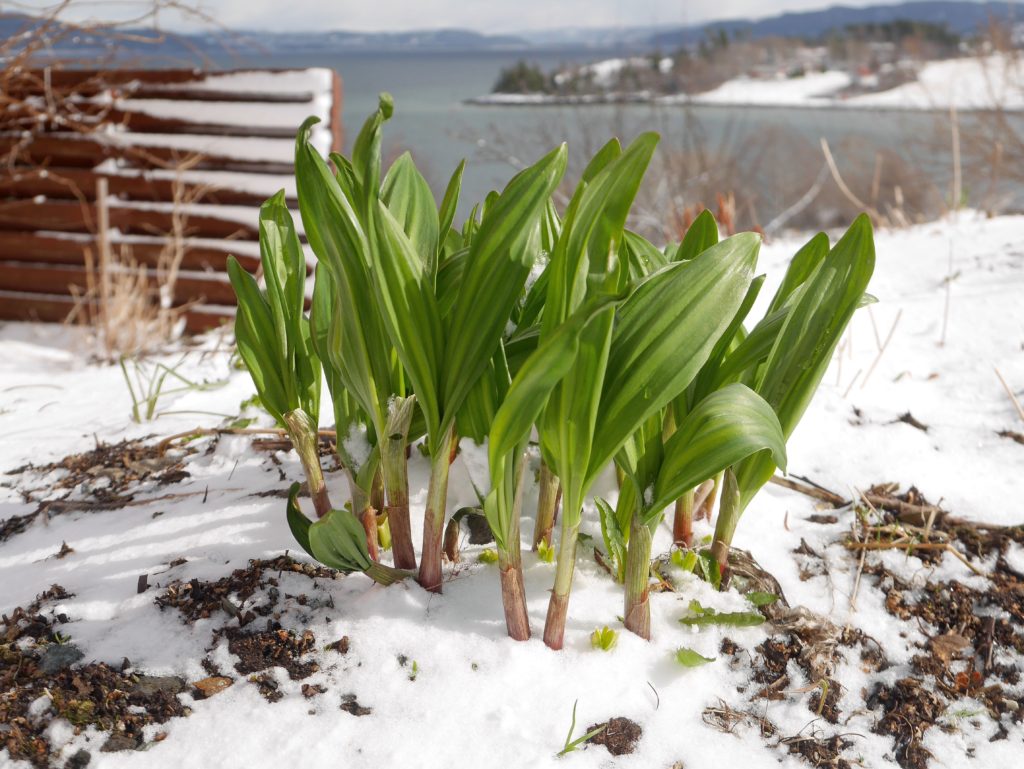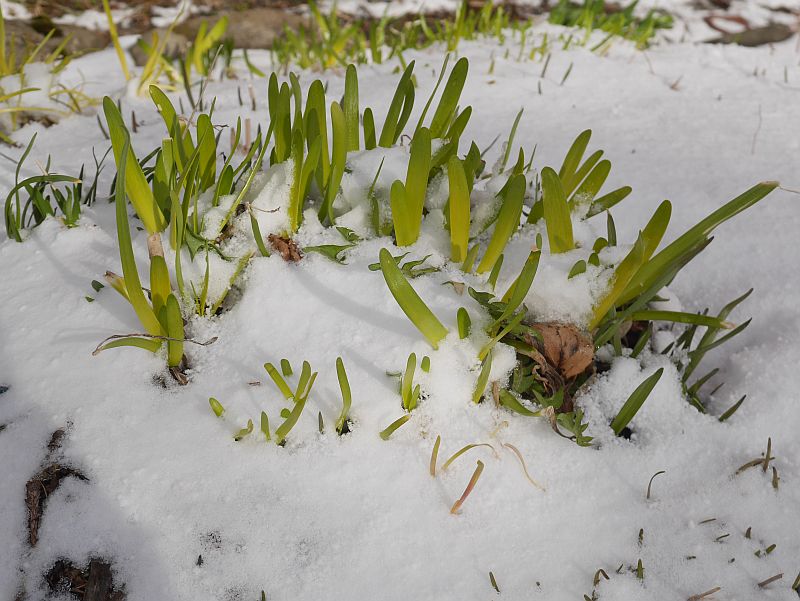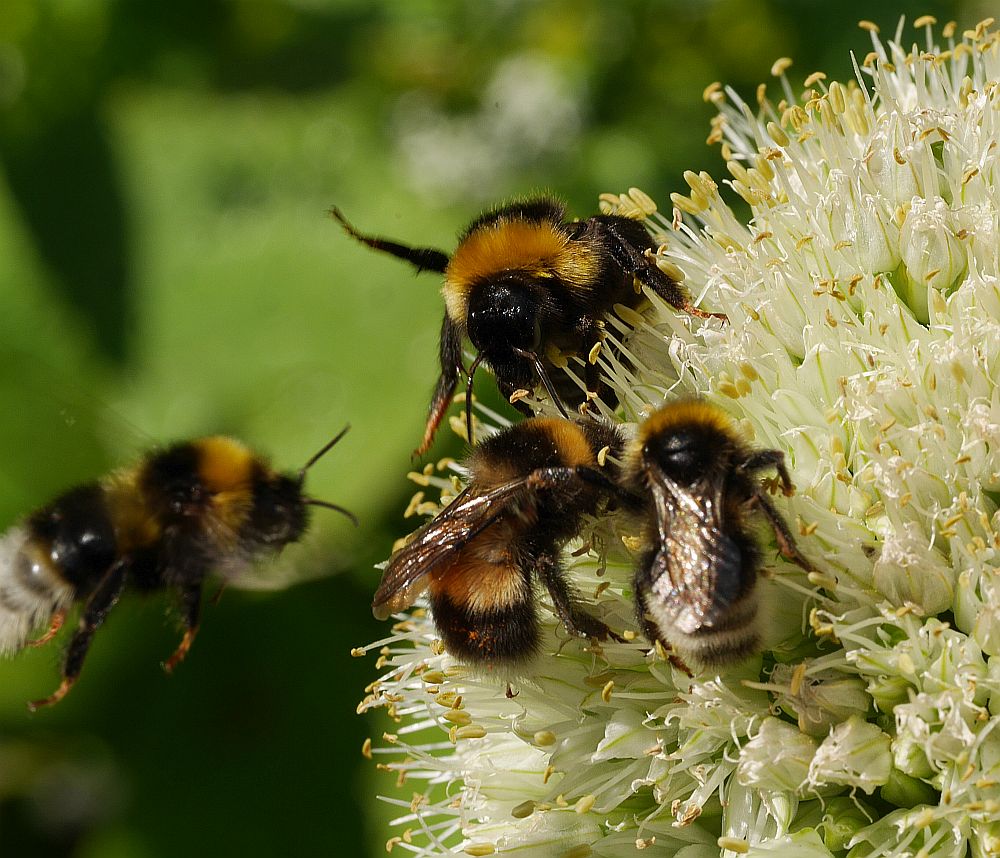Yesterday was St. John’s Eve and many Norwegians (and other Scandinavians) celebrated what is known here as Sankthans or Jonsok with communal bonfires, the big midsummer celebration. Sankt Hans is a short form of Sankt Johannes. There is a special perennial onion which was traditionally harvested on this day in the Netherlands, which I believe to have a much large potential than its current status as a local food crop, as it is so much easier to grow, in particular in areas increasingly suffering from summer droughts and water shortages and avoids common pests of onions and shallots by its early growth and perhaps also resistance. If nothing else, it complements shallots and onions in that it is available much earlier in the year!
There is genetic evidence that St. John’s onion (Johannes-løk) has a unique triparental origin A. × cornutum with three putative parental species, A. cepa, A. pskemense, and A. roylei. Hardiness is probably bestowed by hardy Allium pskemense which has been growing in the Ringve Botanical Gardens in Trondheim for many years. A similar hybrid has been found both in Germany, Croatia and India. It was perhaps more widely cultivated in the past and these are just remnant populations. On 21st June I harvested the Croatian accession from the Onion Garden Chicago at the Ringve Botanical garden which had been left for two years resulting in hundreds of tightly packed onions and on 22nd June from the World Garden at the Væres Venner Community Garden. I replanted in both gardens single bulbs separated by about 10cm. in a roughly circular patch.
Last night, St. John’s Eve, I started a vegetarian midsummer tradition by making St. John’s Felafels with dried broad beans stored since the autumn and golpar spice (from dried seeds of a mix of Heracleum sp.).
See more about Johannes’ shallot at https://www.edimentals.com/blog/?p=22601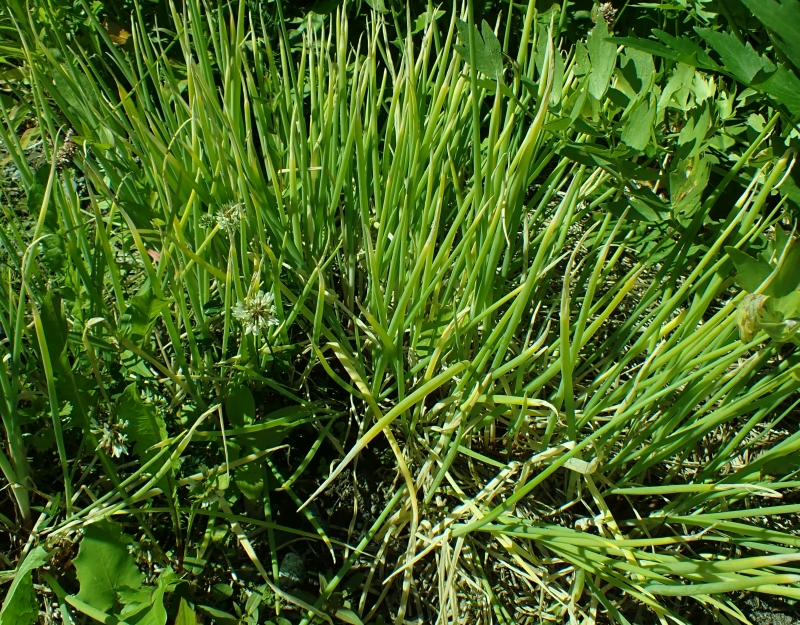

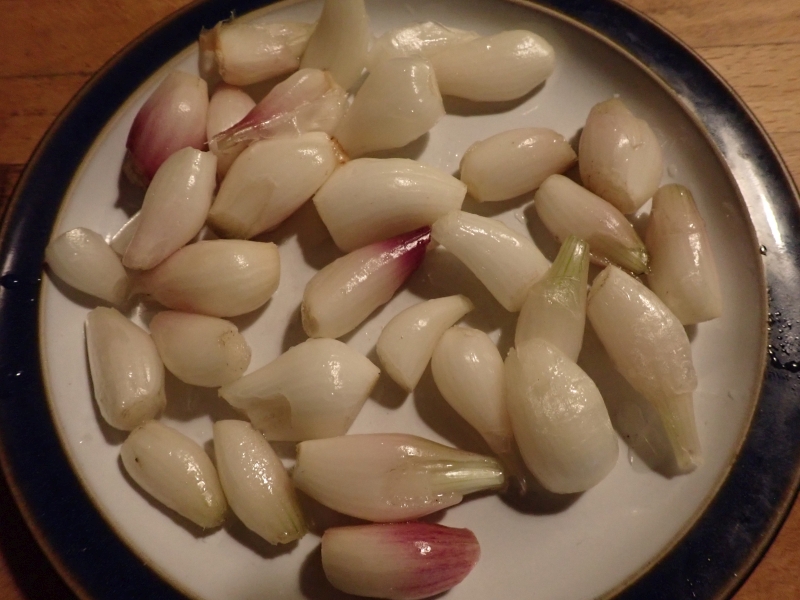


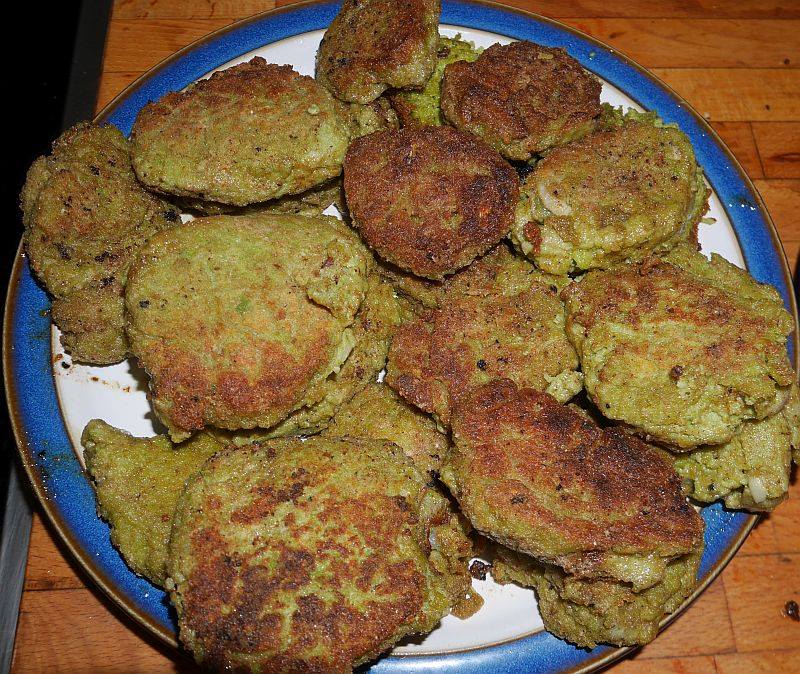
Tag Archives: Allium pskemense
Red-tailed bumblebee: new species for the garden
Yesterday, I registered red-tailed bee / steinhumle (Bombus lapidarius) for the first time at the community garden (Væres Venner), the first time in this part of Trondheim. This is a common species in the city and is probably the commonest bumblebee in the Allium garden at the botanical gardens. Today, I saw this species for the first time in my own garden, the first record in this area. It was on Allium pskemense, probably the most popular plant in my garden for bumblebees. In the second video you can see both the white-tailed bumblebee (Bombus lucorum; lys jordhumle) and tree bumblebee (Bombus hypnorum; trehumle). Please correct me if I’m wrong!
Onions in the snow
Several Alliums are extremely hardy and can stand green all winter even when exposed to temperatures under -20C. Similarly, young leaves of species that start to sprout in early spring as soon as the frost disappears near the surface have no problem with snow and frosts. Here are a few after yesterday’s snowfall!



